Scientific Publications

Was, wenn die Antwort auf Haarausfall ganz woanders liegt?
Schon während meines Mikrobiologie-Studiums hat mich ein tiefer Sinn für Zweck und Nutzen angetrieben. Damals wollte ich Biotechnologie nutzen, um wissenschaftliche Erkenntnisse in echte Lösungen für Gesundheitsprobleme zu verwandeln – zum Beispiel Impfstoffe oder Medikamente.
Später, als Postdoc am Max-Planck-Institut, habe ich an Haar-Stammzellen geforscht und gesehen, wie ich diesen Antrieb konkret umsetzen kann: Menschen mit Haarausfall mit wissenschaftlichen Methoden helfen. Daraus ist niostem entstanden.
Dr. Carlos Chacón-Martínez
20 May 2025
Read More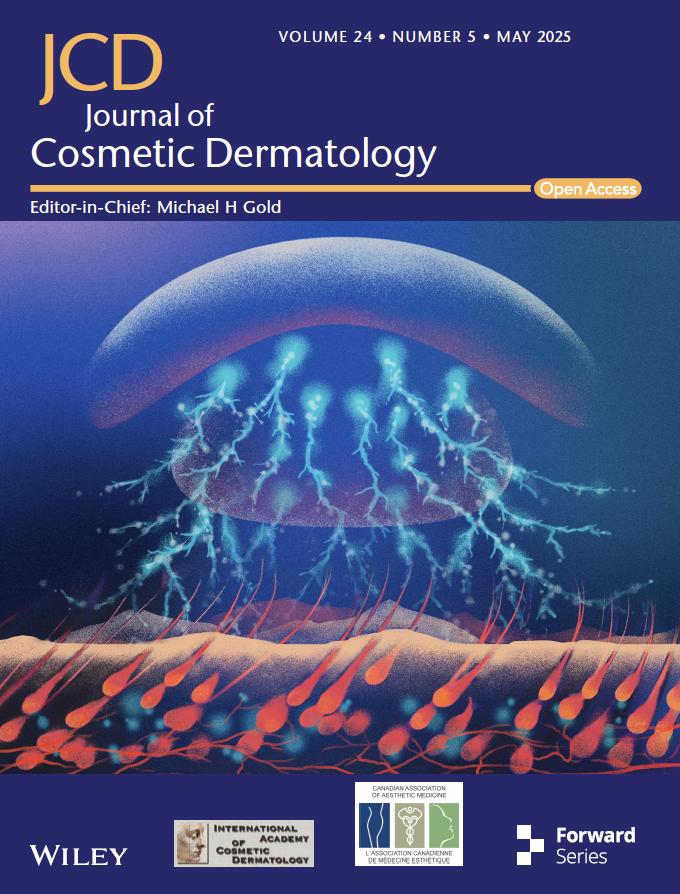
Novel Electrotrichogenic Device Promotes Hair Growth in Men With Androgenetic Alopecia: A Pilot Study
New peer-reviewed scientific publication in the renown and highly reputed Journal of Cosmetic Dermatology (Wiley). niostem publishes full dataset on the effectiveness and safety of the niostem device from its Pilot Study. The niostem device resulted in significant increases in hair count, with a 12% increase in total hair density at 3 months and a 19.3% increase at 6 months. Hair thickness also increased by 8.8% in 6 months. Terminal hair density improved significantly over time, with visible hair growth observed in the participants. No adverse events were reported.
Dr. Carlos Chacón-Martínez
01 May 2025
Read More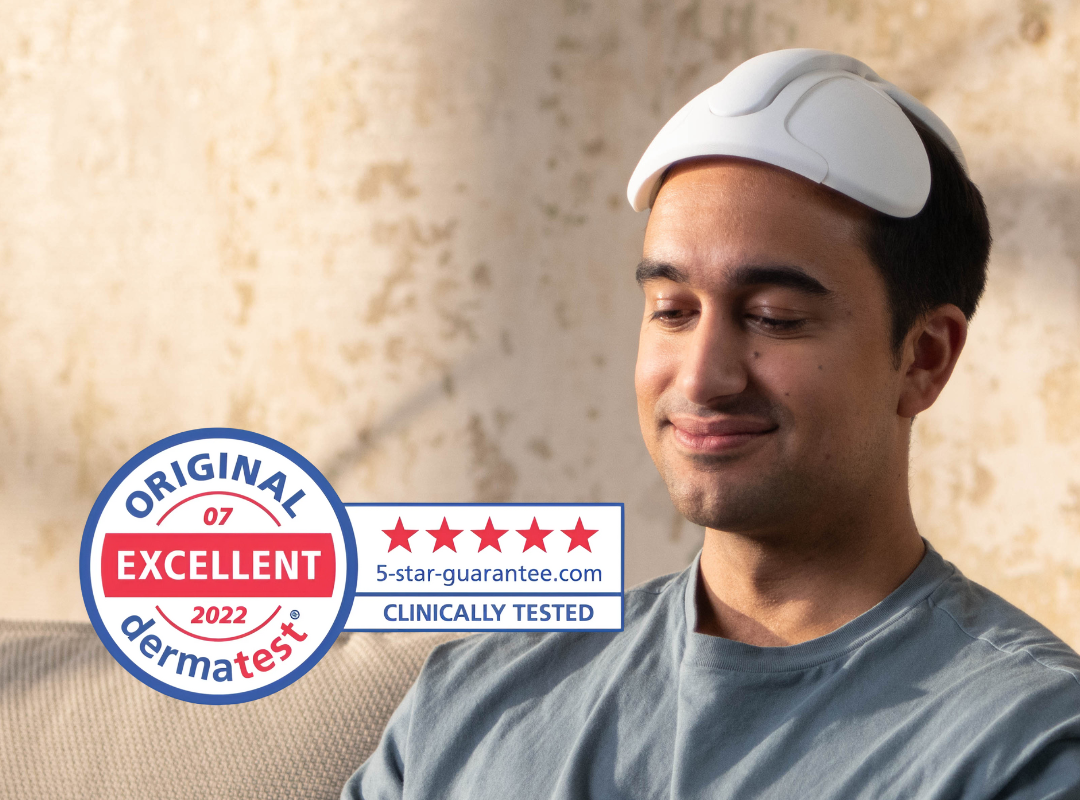
niostem Unveils Groundbreaking Trial Results: Revolutionary Wearable Device Boosts Hair Density by Over 20% in Just Six Months
Cologne, 02.02.2025 – niostem, a pioneer in the field of hair regeneration, is excited to announce the final results from a double-blind randomised controlled clinical trial, conducted by the renowned German Research Institute Dermatest, of its innovative wearable device designed to combat pattern baldness.
Dr. Carlos Chacón-Martínez
07 March 2025
Read More
Our founder and inventor, Dr. Carlos Chacón-Martínez, elected member of the prestigious European Hair Research Society (EHRS)
The EHRS is an independent, non-profit organization dedicated to promoting the research of hair biology and hair disease in Europe. Becoming a selected member of the European Hair Research Society (EHRS) signifies a distinguished level of contribution and expertise within the field of hair science. This selective membership typically involves a rigorous evaluation process, recognizing individuals who have made significant advancements through their research, publications, and active involvement in the society’s activities. It represents a mark of high standing among leading European hair researchers, fostering collaboration and driving innovation in understanding and treating hair disorders.
Dr. Carlos Chacón-Martínez
01 Feb 2025
Read more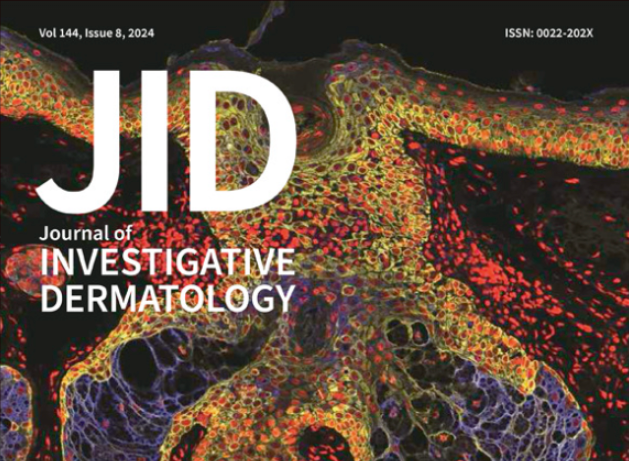
Publication in Journal of Investigative Dermatology of pilot study
The prestigious Journal of Investigative Dermatology publishes a summary of the results of niostem’s pilot study showing effectiveness and safety of the niostem headset in men with androgenetic alopecia.
2 January 2025
Read More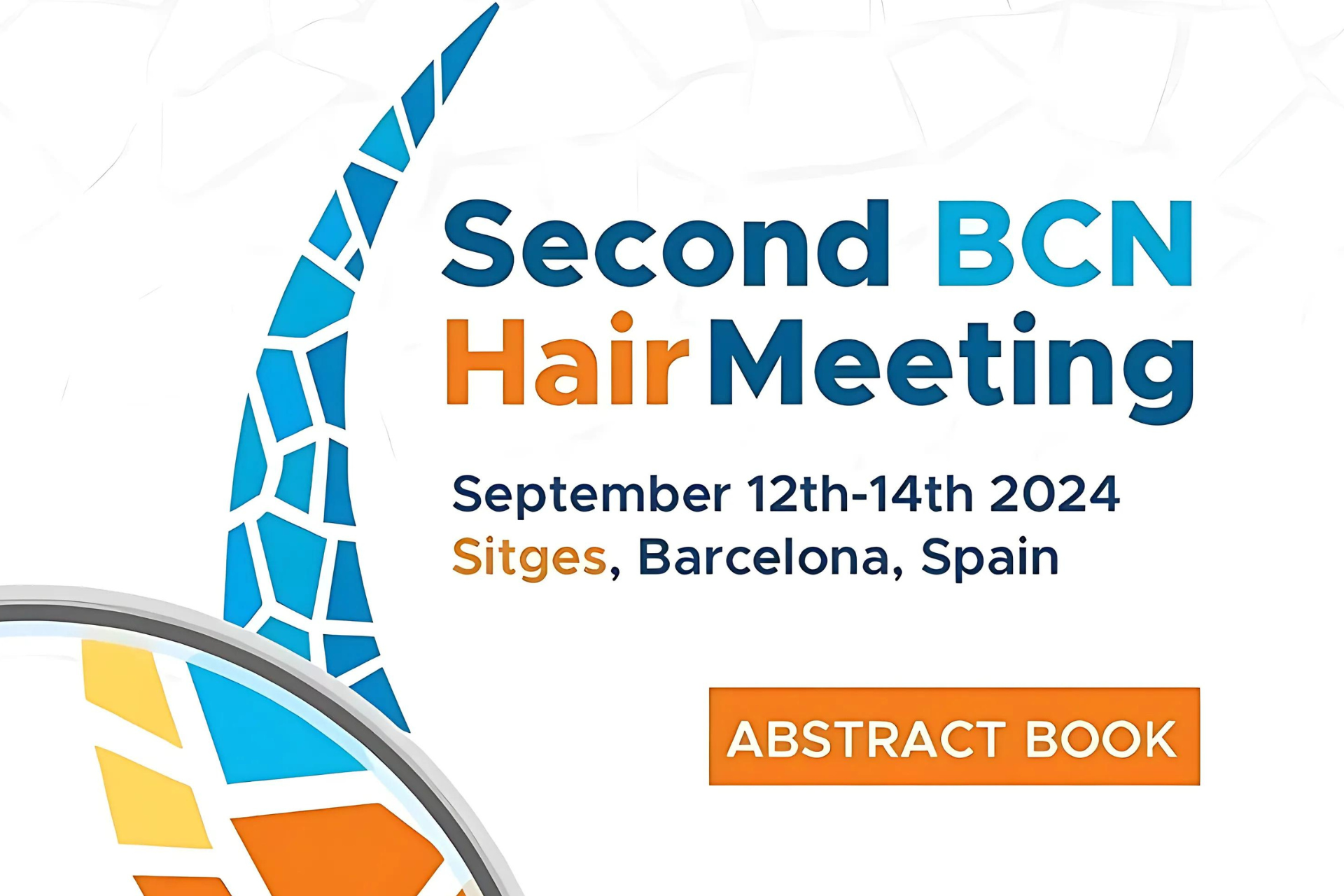
Second Barcelona Hair Meeting
Dr. Chacón-Martinez was invited to present a talk at the Second Barcelona Hair Meeting at the city of Barcelona, Spain on 13th September 2024, with the clinical evidence behind the niostem headset. This renown meeting puts together a meticulously curated scientific program designed to engage and inspire academics, practitioners, and other professionals who share a fervent interest in the field of hair. Insights in terms of new research, new treatments and clinical studies were discussed.
September 2024
Read More
niostem’s results from its first pilot study with the niostem headset were presented to a scientific audience of dermatologists and hair experts at the world renown Annual Meeting of the Society for Investigative Dermatology - SID 2024 Annual Meetingin May 2024, Dallas - Texas - USA. This meeting brings together leading dermatologists and doctors to share innovations in the fields of dermatology.
15 May, 2024
Download PDF
Dr. Chacón-Martínez was invited to give a talk about the niostem technology at the prestigious AMWC 2024 in Monaco (March 29th). The scientific results from the first pilot study with the niostem headset were presented to a scientific audience of hair and skin experts. The AMWC 2024 congress brings together leading researchers and doctors to share innovations in the fields of anti-aging and aesthetic medicine.
14 March 2024
Download PDF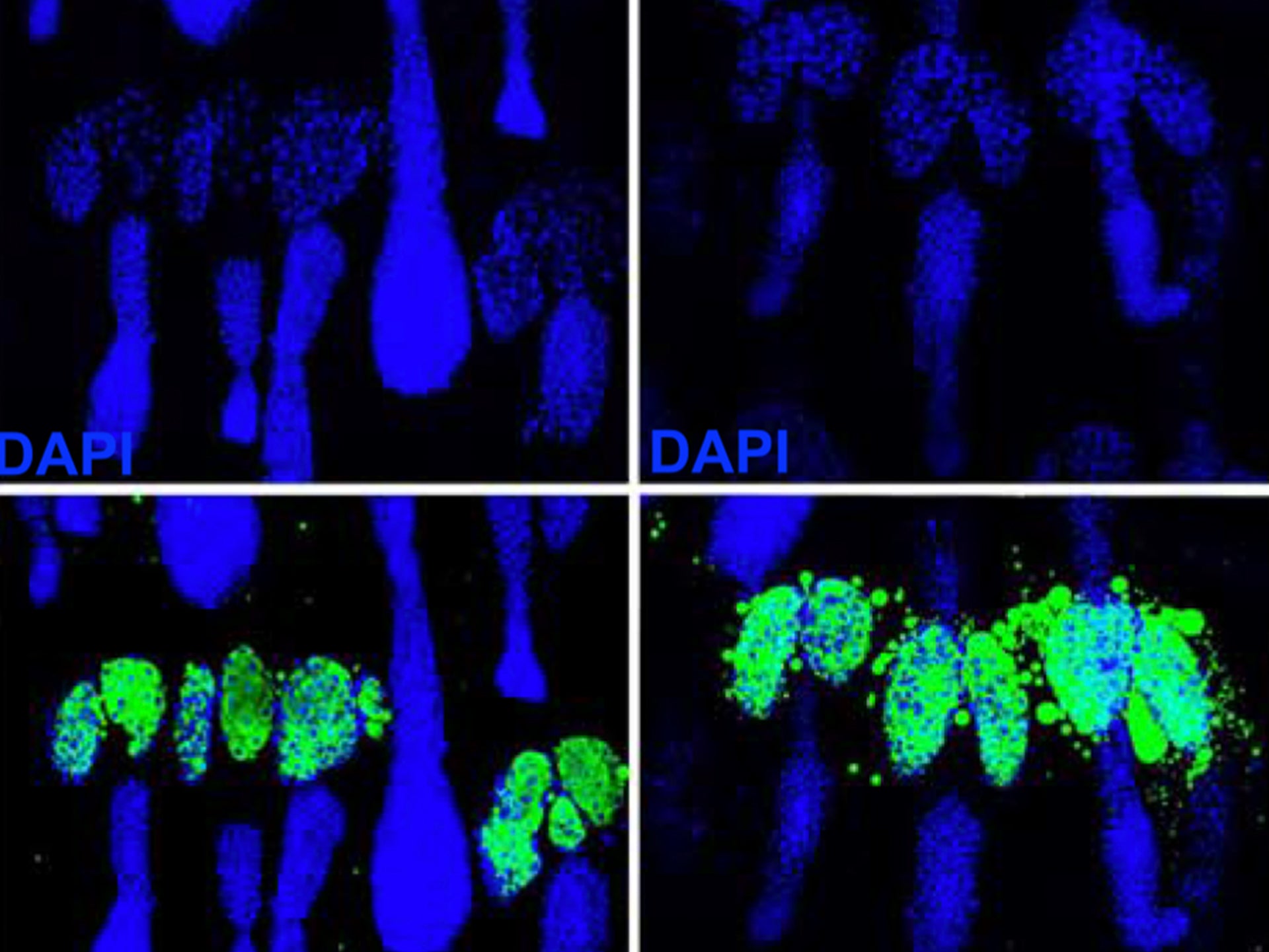
Dr Carlos Chacón’s research continues to be picked up by the scientific world. Carlos co-authored this article on the identification of a key regulator of sebaceous gland homeostasis.
14 April 2021
Read More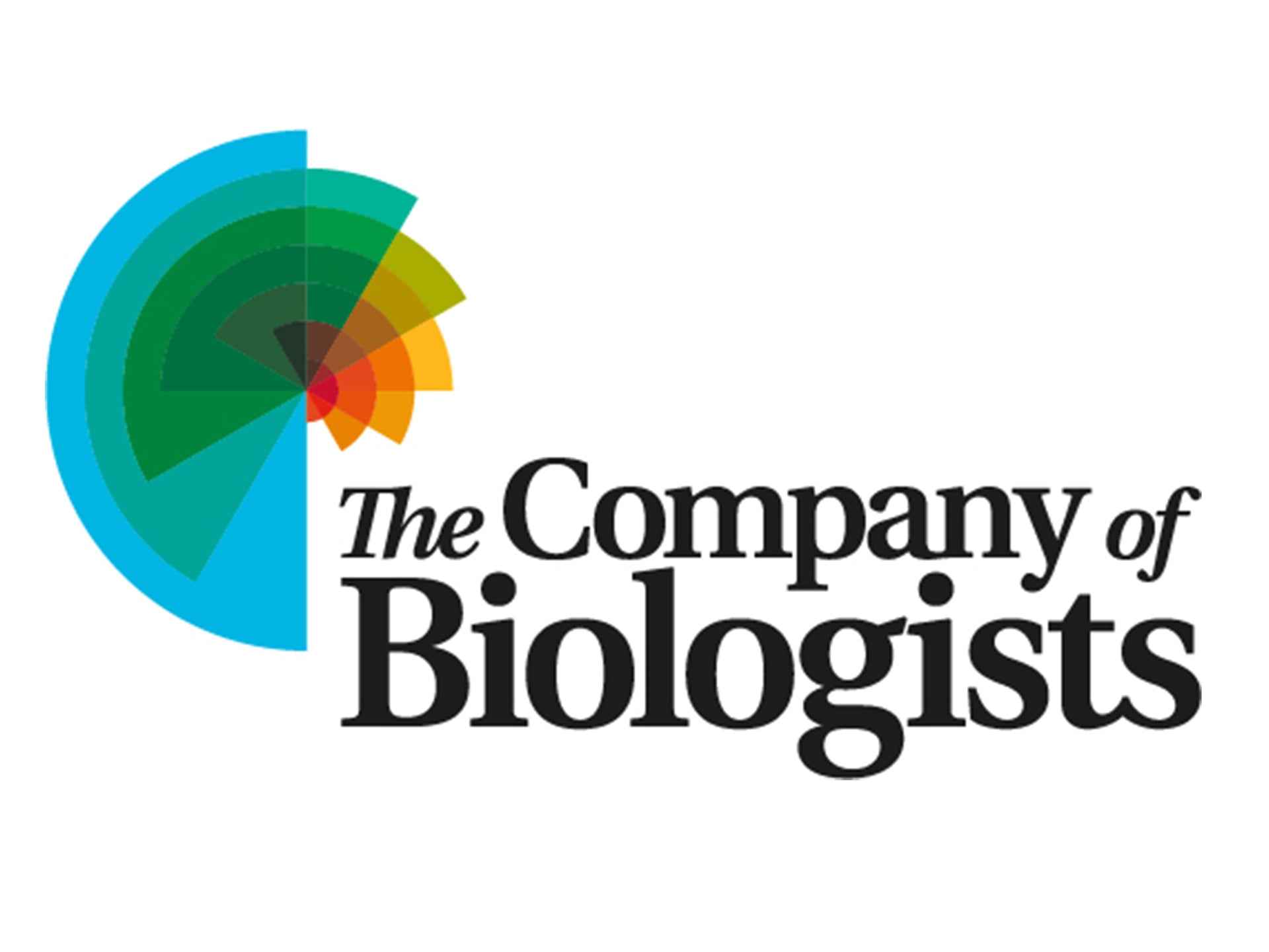
Journal of Cell science publishes co-authored article of Dr Carlos Chacón’s research into stem cell fate
1 May 2021
Read More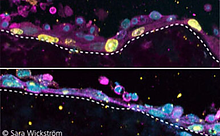
An international team of researchers from the Universities of Cologne and Helsinki and the Max Planck Institute for Biology of Ageing have discovered that the ability of stem cells to proliferate and renew organs is regulated by the stiffness of the surrounding tissue. This finding may have implications for improving the regeneration of aged tissue.
8 July 2021
Read More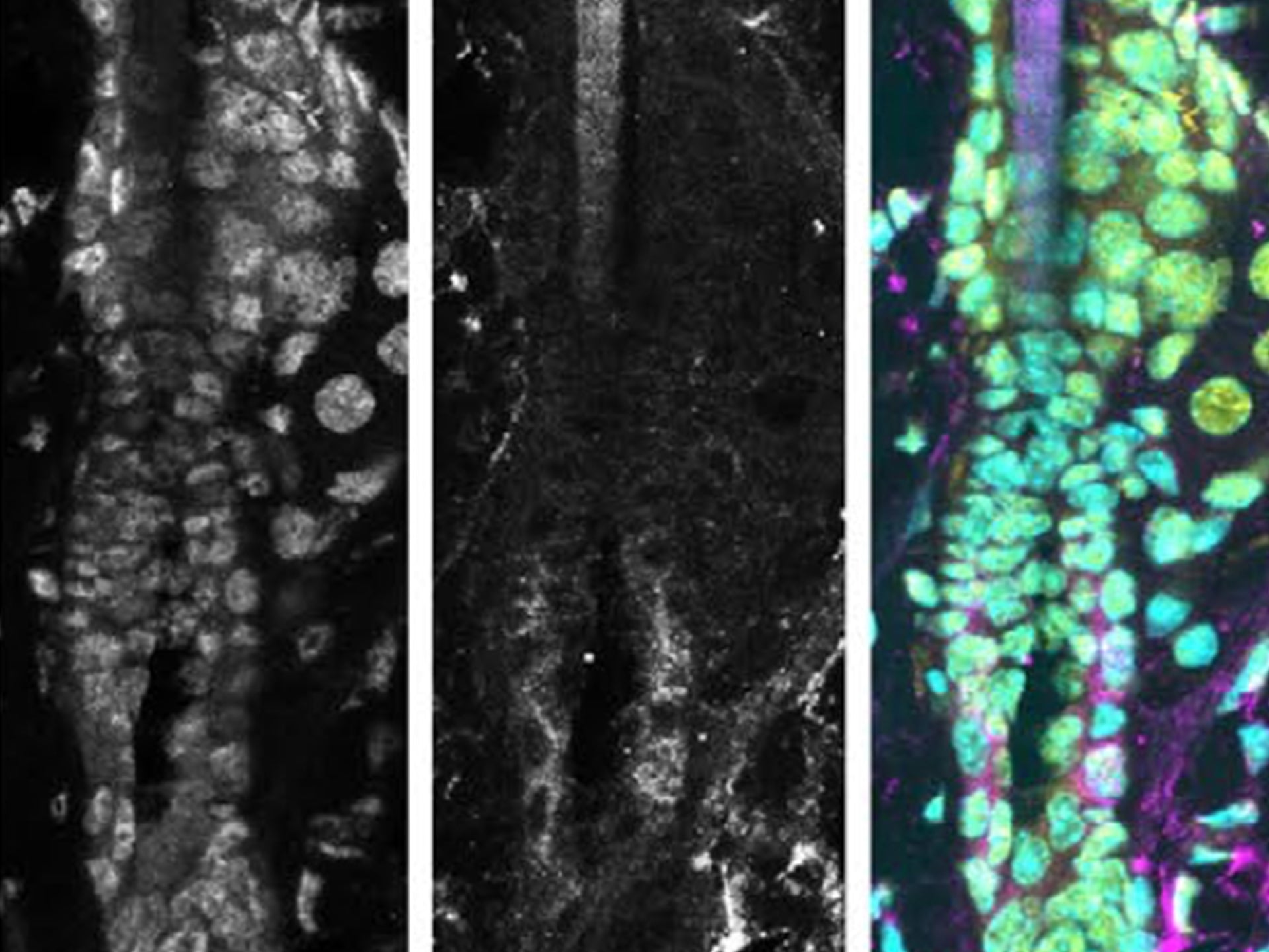
New findings identify how changes in hair stem cells' micro-environment control the age-related decline in their regenerative abilities. - Nature Cell Biology publishes papers of the highest quality from all areas of cell biology
8 July 2021
Read More
‘Hair loss might be prevented by regulating stem cell metabolism’. ScienceDaily features breaking news about the latest discoveries in science
13 October 2020
Read More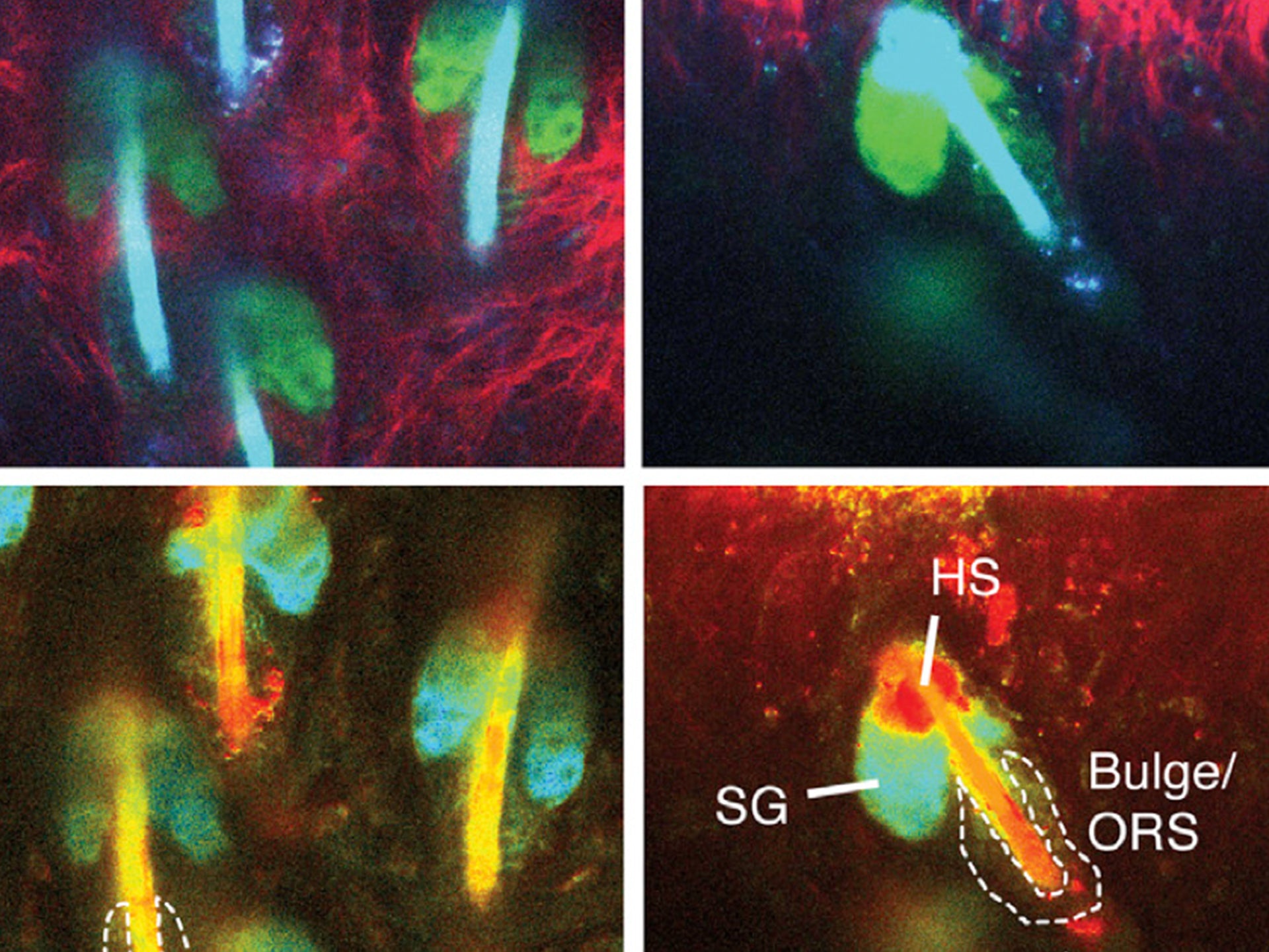
Scientists discover factors that control hair follicle stem cell fate reversibility and long-term maintenance of the hair follicle.
6 October 2020
Read More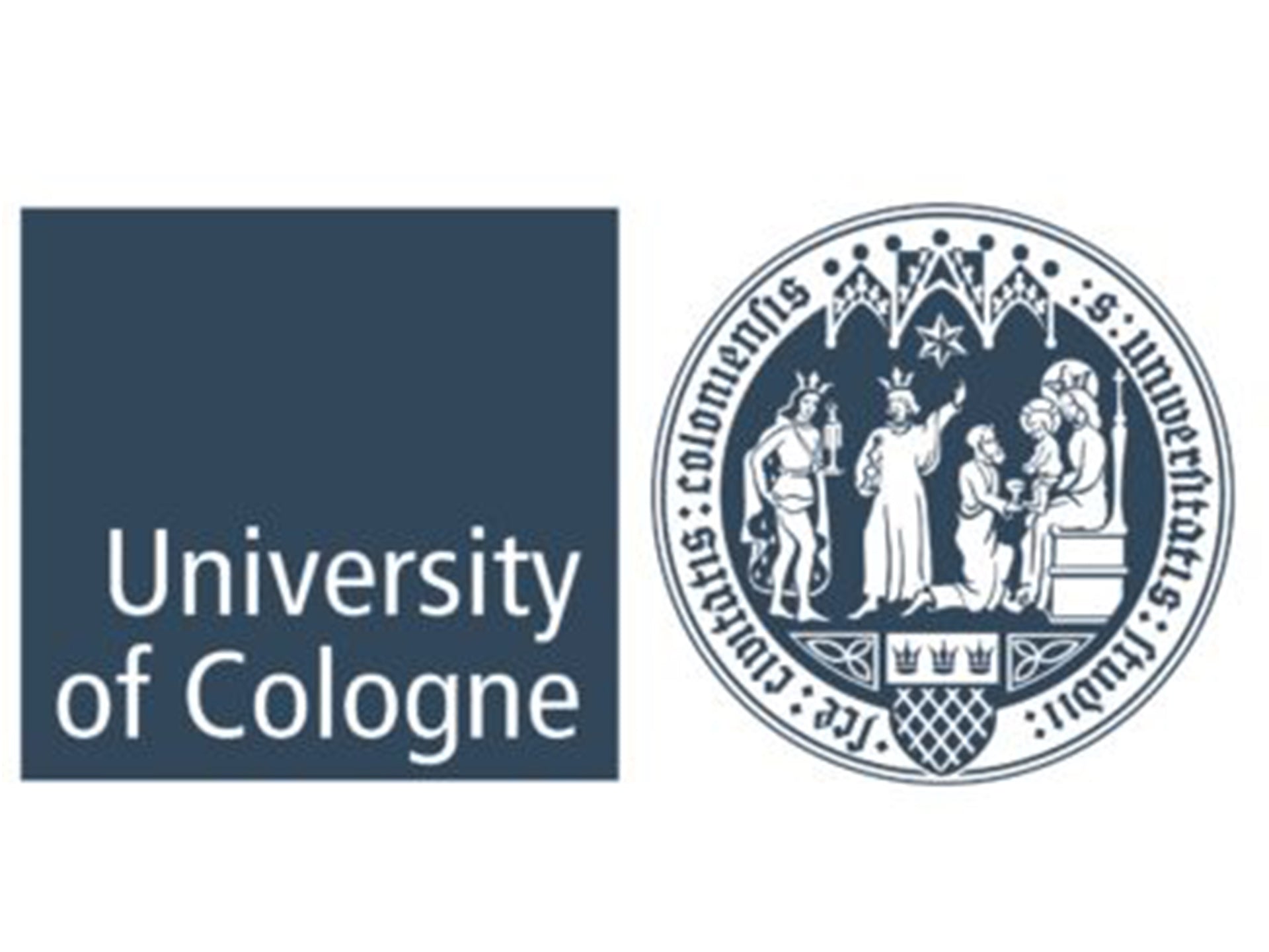
A team of researchers discover a mechanism that prevents hair loss: hair follicle stem cells are the key.
28 September 2020
Download Pdf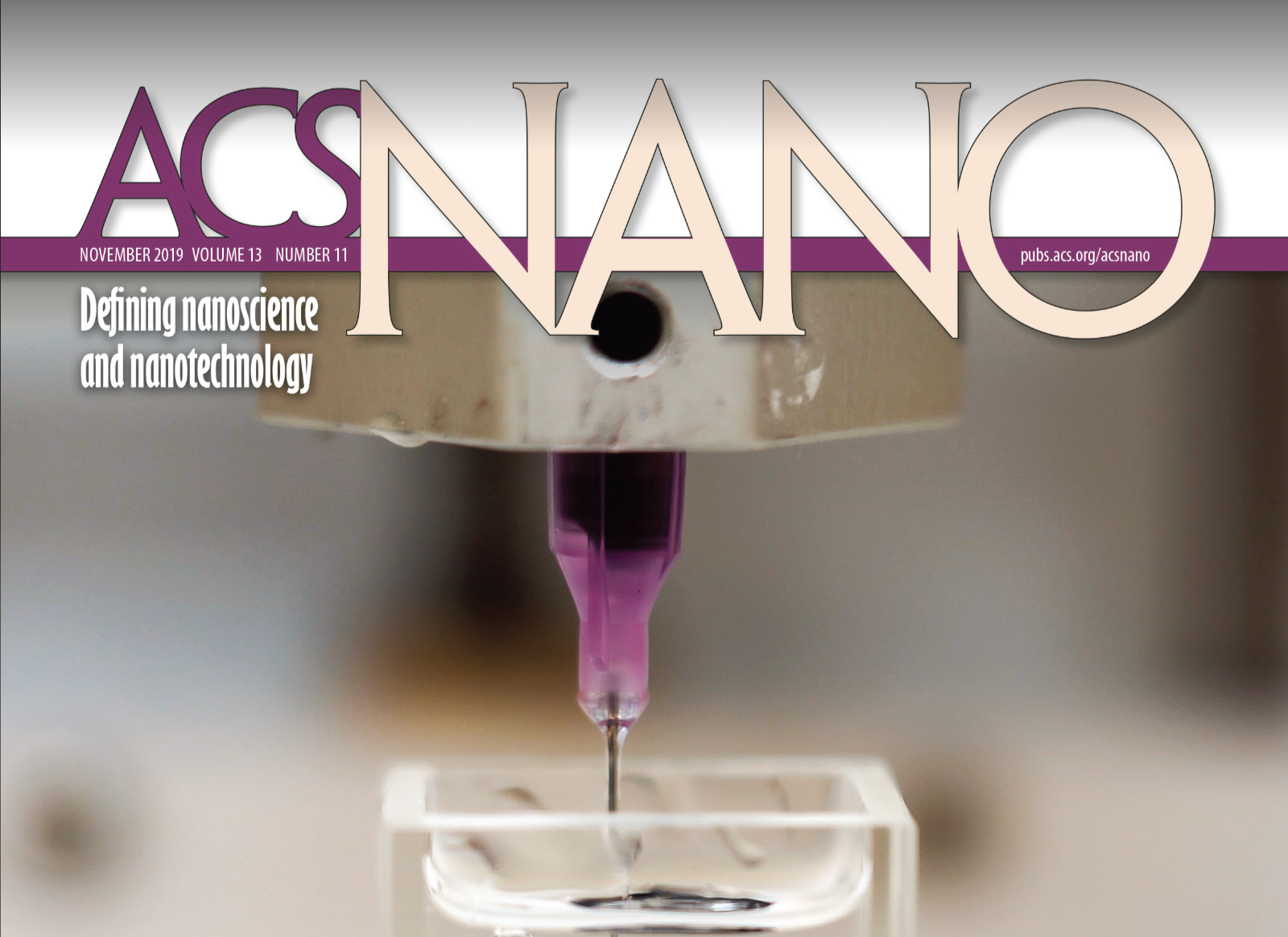
Self-Activated Electrical Stimulation for Effective Hair Regenerationvia a Wearable Omnidirectional Pulse Generator
Here, a wearable, universal motion-activated electric stimulation tool was created that can efficiently encourage hair regeneration by arbitrary body motions. A notable improvement in hair regeneration was observed in Sprague-Dawley rats and naked mice. When the device was used in place of traditional pharmaceutical treatments, Sprague-Dawley rats showed greater hair shaft length and higher hair follicle density.
10 September 2019
Read More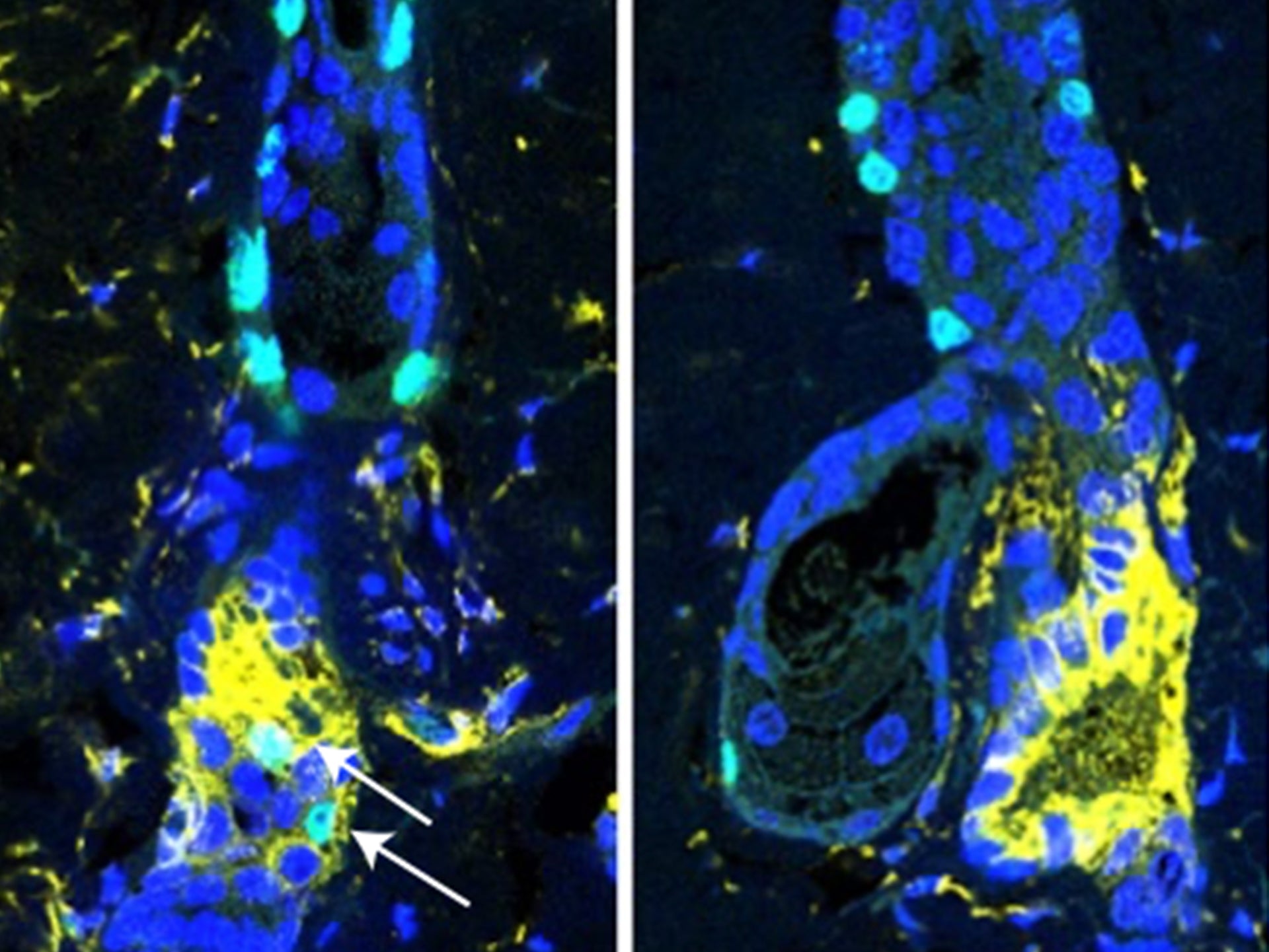
Dr Carlos Chacón authors a literature review on the study of the signalling that calls stem cells into action to regenerate damaged tissue - Signalling in the stem cell niche: regulating cell fate, function and plasticity
1 August 2018
Read More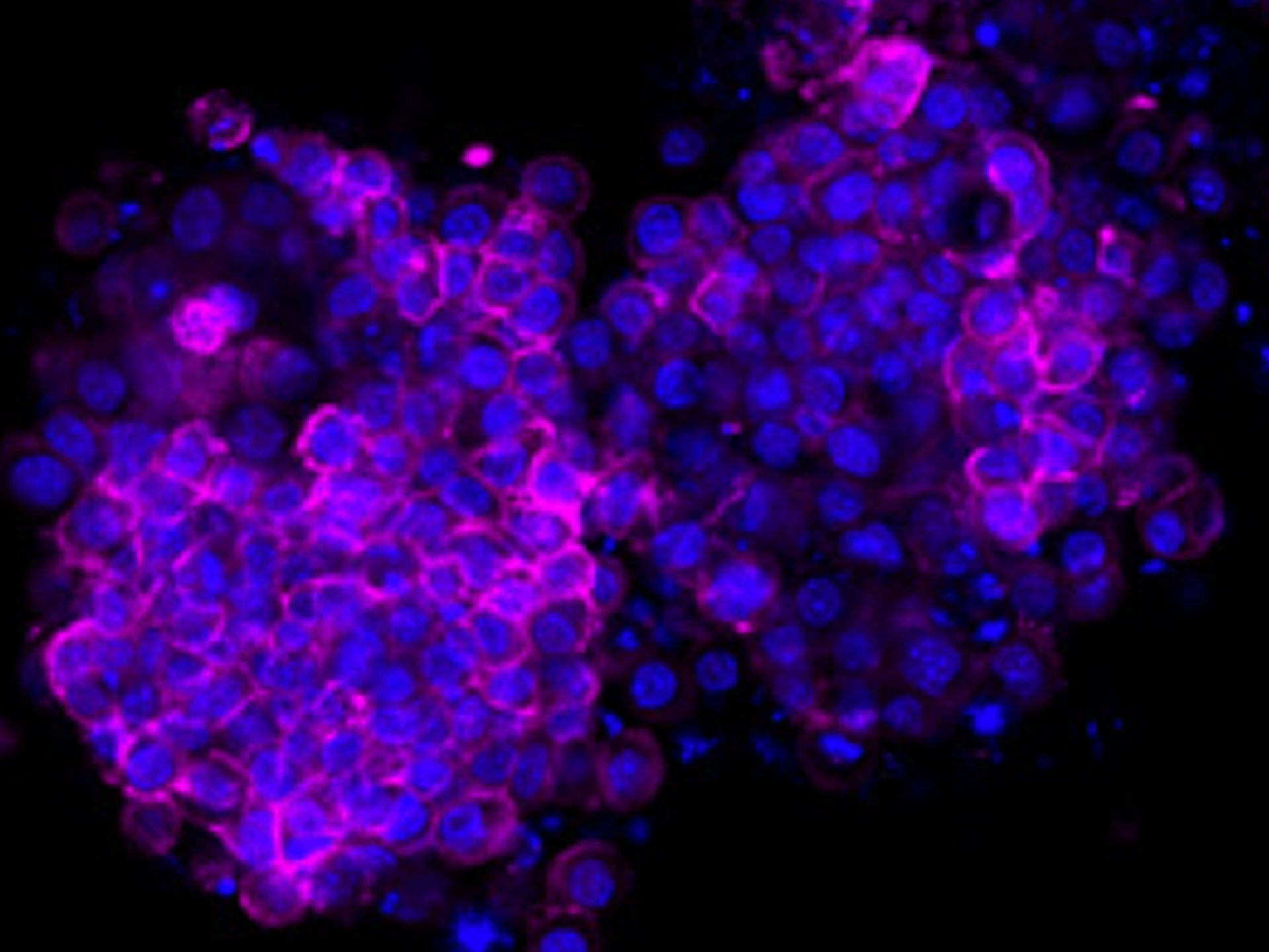
Dr Carlos Chacón & colleagues at the Max Planck Institute for Biology of Ageing, file a patent on a Hair Follicle Stem Cell (HFSC) culture system that furthers the field of regenerative science.
17 January 2017
Read More
The exciting invention by Dr Carlos Chacón of a method that allows for studies on hair follicle stem cell fate leads to a deepening understanding of stem cells and their regenerative abilities.
17 January 2017
Read More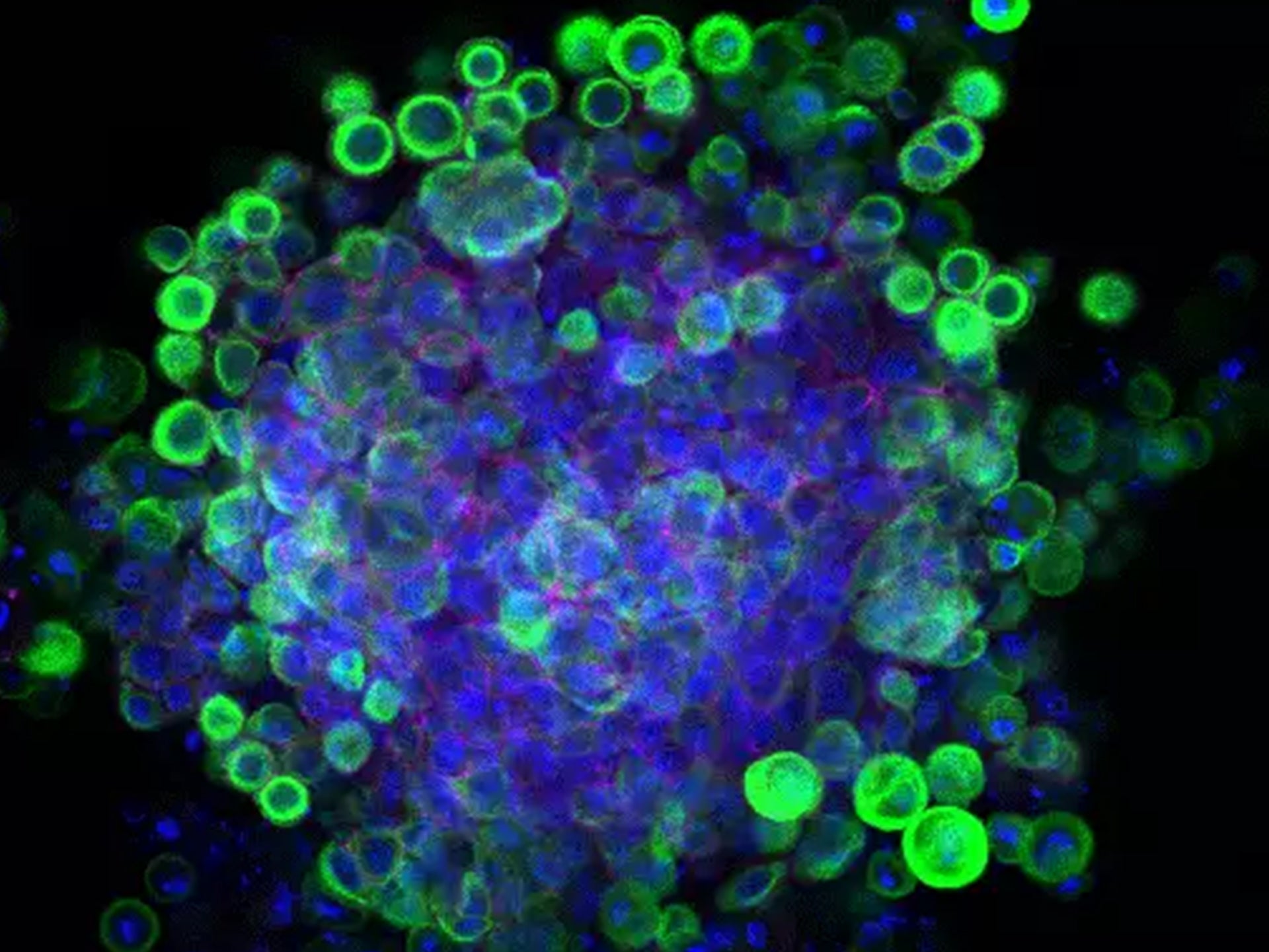
“Growing hair follicle stem cells with our method is likely to have important implications in regenerative medicine. Modern medicine is already able to grow and transplant skin, but this is hairless. Maybe we could help bald men to regrow hair", says Chacón.
19 December 2016
Read More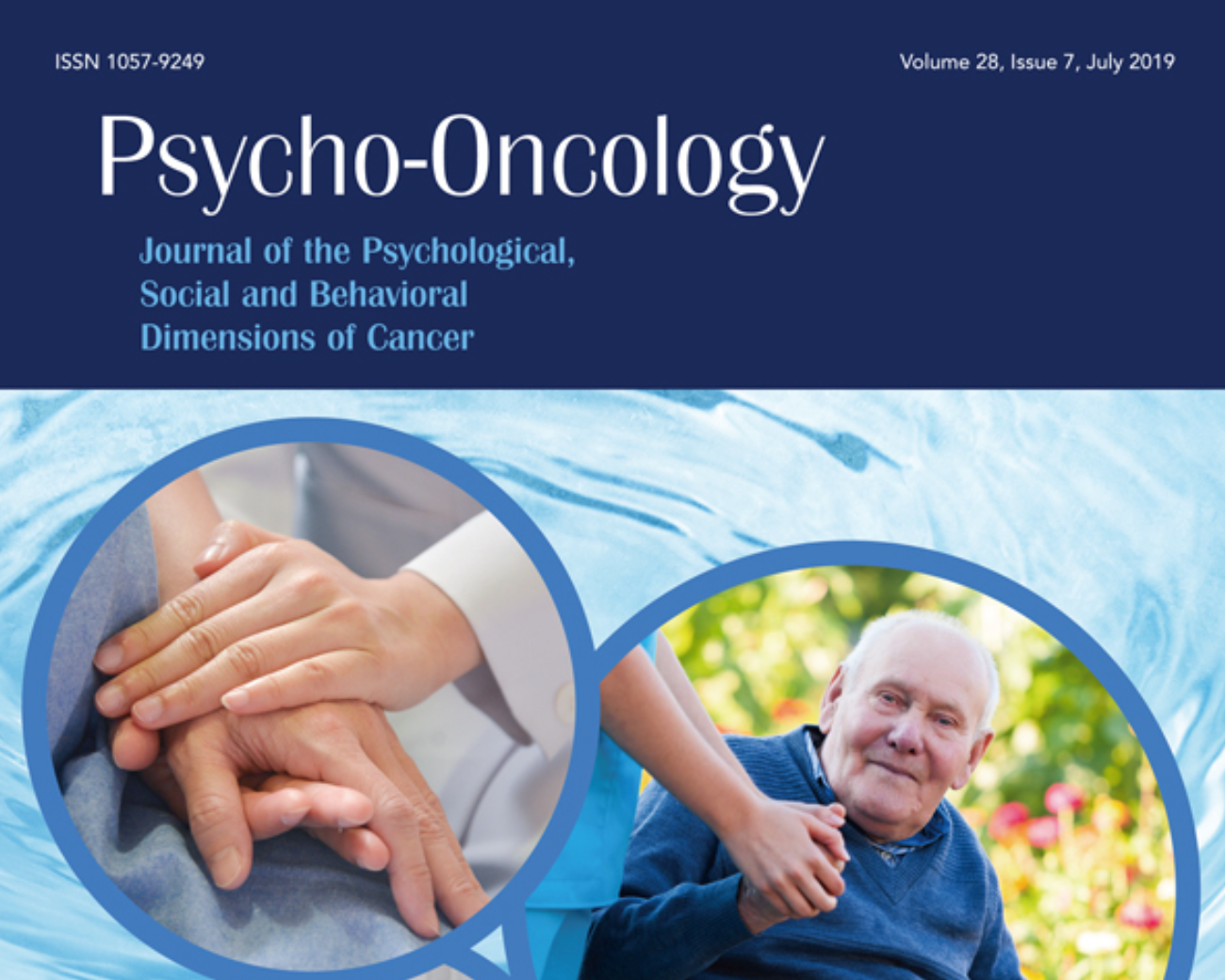
Pulsed electrostatic fields (ETG) to reduce hair loss in women undergoing chemotherapy for breast carcinoma: a pilot study
This study shows encouraging results in an area where no other appropriate treatment is available Reducing alopecia, secondary to chemotherapy has the potential to increase CMF treatment compliance, enhance patient self-esteem, and improve overall quality of life during this stressful period.
May-Jun 2002
Read More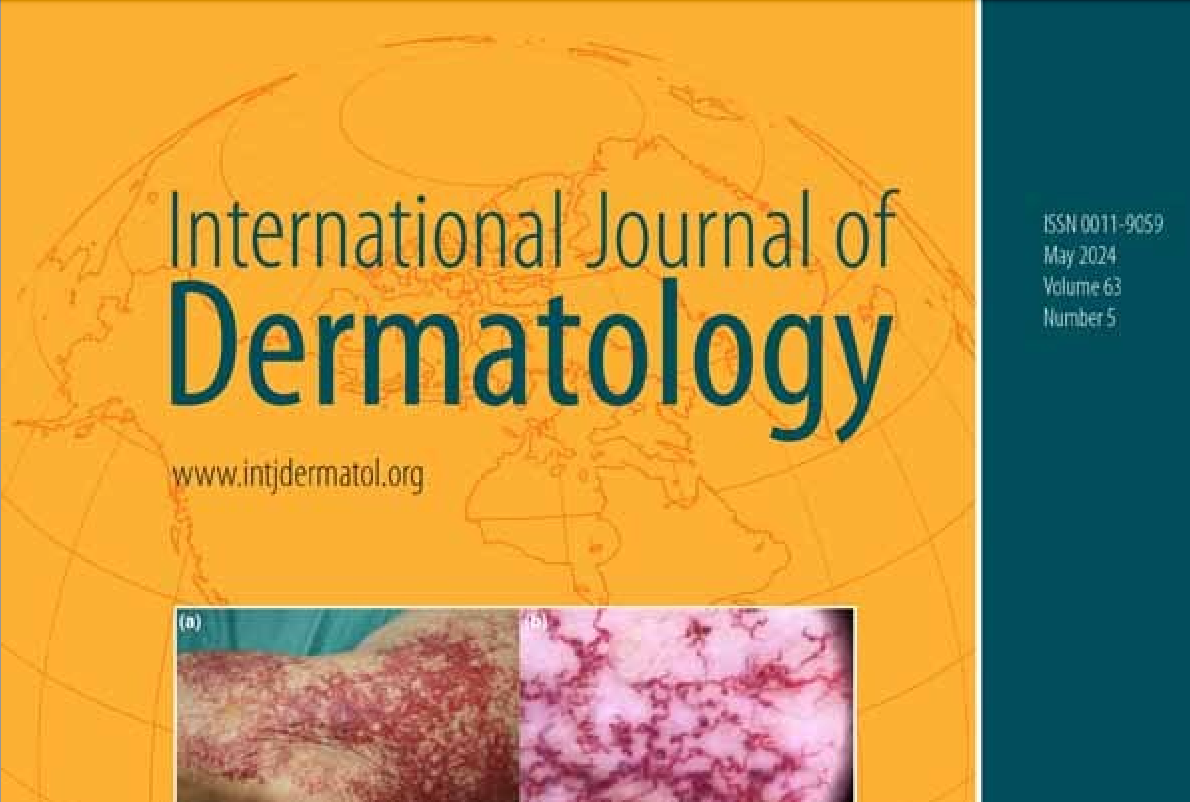
Electrotrichogenesis: further evidence of efficacy and safety on extended use
These data represent a subset of data from the original 36-week study conducted by Maddin et al., which was in itself a preliminary study of a pulsed electrical stimulation device in male subjects alone. The extension phase of this study, which is summarized here, was undertaken to gather data on longer-term efficacy and safety and to study clinical effects in control subjects who were then switched to active treatment. Thirteen subjects had active treatment for 70 weeks, and 14 subjects were included in the crossover group, which had sham treatment for 36 weeks followed by active treatment for 30 additional weeks. On average, terminal hair counts increased from 82 to 276 in the active treatment group. Among those in the crossover group, a mild increase, from 124 to 160, was observed during the sham treatment period and a more notable increase, from 160 to 249, occurred during the subsequent active treatment period. The results presented here provide evidence of the efficacy and safety of this device during extended use; however, the generalizability of these findings is limited by the small subset of subjects for whom complete data are available.
December 1992
Read More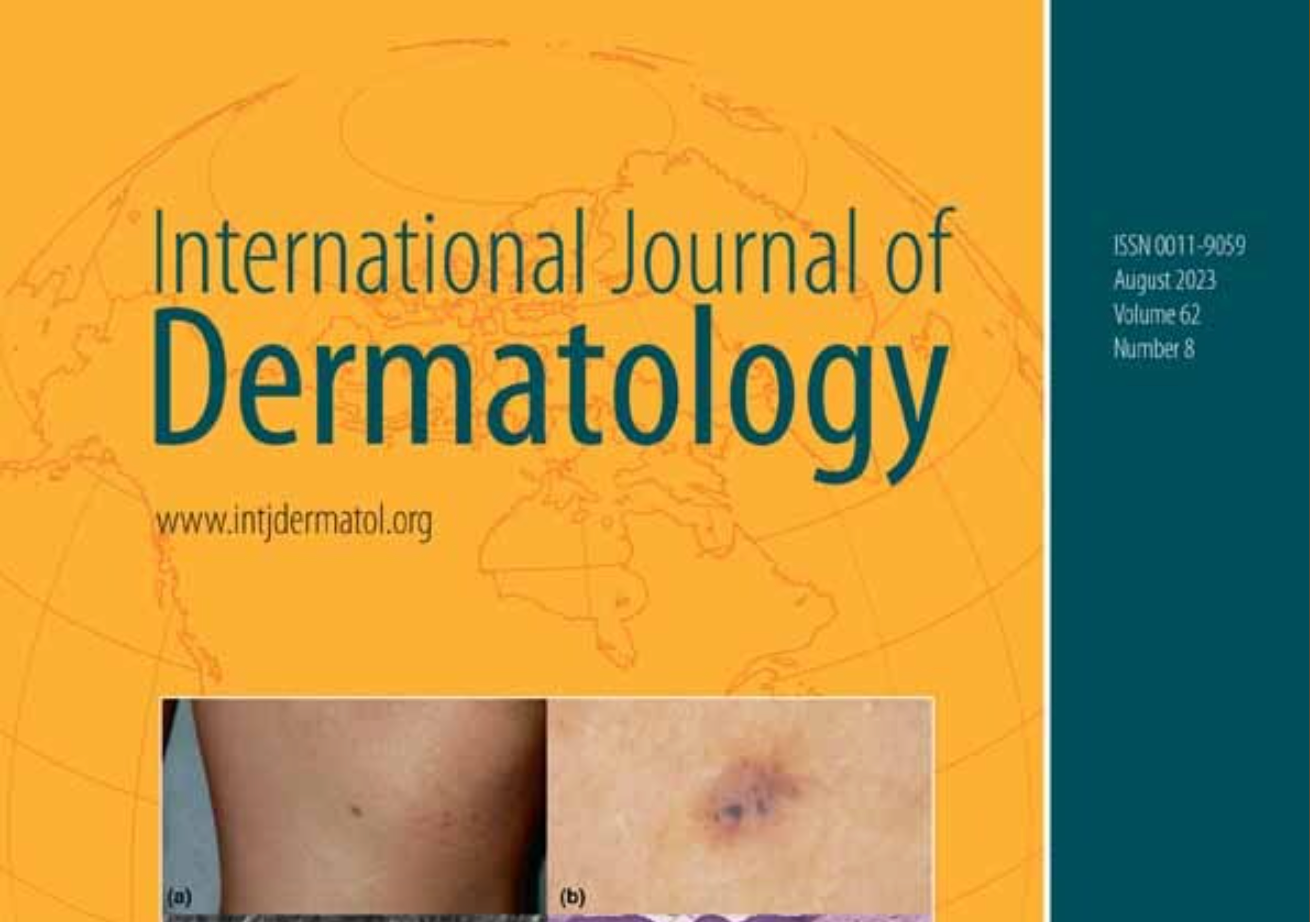
The biological effects of a pulsed electrostatic field with specific reference to hair. Electrotrichogenesis
This comparative, controlled study demonstrates the positive biologic effect on hair regrowth of a pulsed electrical field administered according to a regularized treatment schedule over 36 weeks. Mean hair count comparisons within the groups significantly favor the treatment group, which exhibited a 66.1% hair count increase over baseline. The control group increase over baseline was 25.6%. It is notable also that 29 of the 30 treatment subjects (96.7%) exhibited regrowth or no further hair loss. The process is without side effects and untoward reactions. The rationale of this phenomenon is unclear but is considered to be due to an electrophysiologic effect on the quiescent hair follicle, similar to that documented with respect to bone fracture and soft tissue repair enhancement. The electrical pulse may cause increased cell mitosis through calcium influx, involving both the hair follicle sheath and dermal papilla cells.

